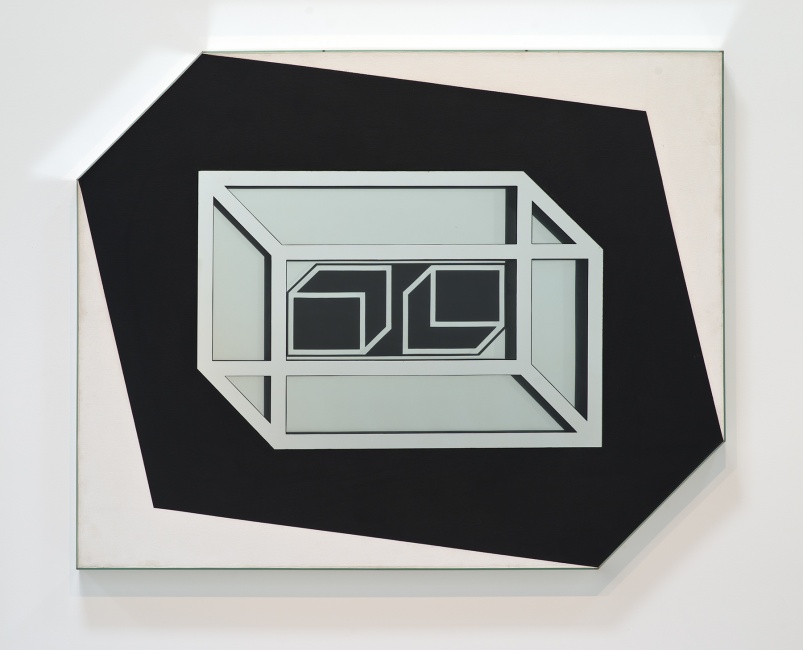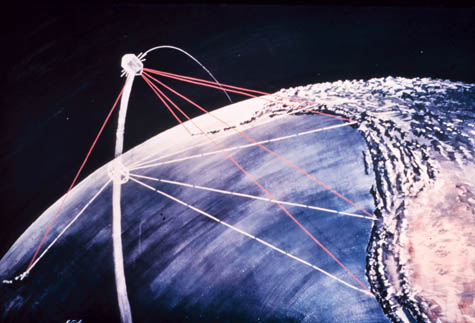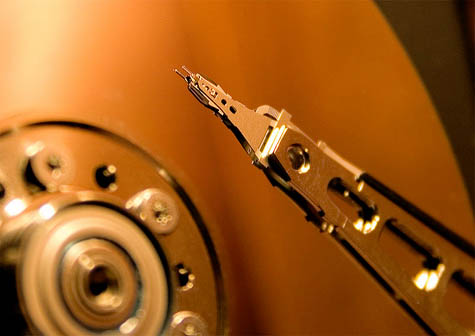 [Image: From Kiessling’s Grosser Verkehrs-Plan von Berlin (1920).]
[Image: From Kiessling’s Grosser Verkehrs-Plan von Berlin (1920).]
It’s funny to be back in Berlin, a city where I once thought I’d spend the rest of my life, first arriving here as a backpacker in 1998 and temporarily moving in with a woman 14 years older than me, who practiced Kabbalah and had twin dogs and who, when seeing that I had bought myself a portable typewriter because I was going through a William Burroughs phase, blessed it one night in her apartment near the synagogue in a ceremony with some sort of bronze sword. It’s almost literally unbelievable how long ago that was. More years have passed since I spent time in Berlin—supposedly to study German for grad school, but in reality organized entirely around going to Tresor—than I had been alive at the time.
Because I’m here again on a reporting trip, I was speaking yesterday evening with a former geophysicist who, when the Berlin Wall came down, found work doing site-remediation studies and heritage-mapping projects on land beneath the old path of the Wall. He was tasked with looking for environmental damage and unexploded ordnance, but also for older foundations and lost buildings, earlier versions of Berlin that might pose a structural threat to the city’s future or that needed to be recorded for cultural posterity.
Ironically, in a phase of my life I rarely think about, I wrote my graduate thesis on almost exactly this topic, focused specifically on Potsdamer Platz—once divided by the Wall—and the role of architectural drawings in communicating historical context. When I was first here, in 1998 into early 1999, Potsdamer Platz was still a titanic hole in the ground, an abyss flooded with groundwater, melted snow, and rain, a kind of maelström you could walk over on pedestrian bridges, where engineering firms were busy stabilizing the earth for what would become today’s corporate office parks.
As I told the former geophysicist last night, I remember hearing at the time that there were people down there, SCUBA diving in the floodwaters, performing geotechnical studies or welding rebar or looking for WWII bombs, I had no idea, but, whatever it was, their very existence took on an outsized imaginative role in my experience of the city. Berlin, destroyed by war, divided by architecture, where people SCUBA dive through an artificial sea at its broken center. It felt like a mandala, a cosmic diagram, with this inverted Mt. Meru at its heart, not an infinite mountain but a bottomless pit.
What was so interesting to me about Berlin at the time was that it felt like a triple-exposure photograph, the city’s future overlaid atop everything else in a Piranesian haze of unbuilt architecture, whole neighborhoods yet to be constructed, everything still possible, out of focus somehow. It was incoherent in an exhilaratingly literal sense. In Potsdamer Platz, what you thought was the surface of the Earth was actually a bridge; you were not standing on the Earth at all, or at least not on earth. It was the Anthropocene in miniature, a kind of masquerade, architecture pretending to be geology.
The more that was built, however, the more Berlin seemed to lose this inchoate appeal. The only people with the power to control the rebuilding process seemed to be automobile consortiums and international hotel groups, office-strategy consultants not wizards and ghosts or backpacking writers. Perhaps the city still feels like that to other people now—unfinished, splintered, jagged in a temporal sense, excitingly so, a city with its future still taking shape in the waves of an underground sea—but it seems to me that Berlin’s blur has been misfocused.
In any case, with the caveat that I am in Berlin this week for a very specific research project, so many people I’ve met have pointed to the fall of the Wall as an explosive moment for geophysical surveys in the East. Engineers were hired by the dozen to map, scan, and survey damaged ground left behind by a collapsed imperialist Empire, and the residues of history, its chemical spills and lost foundations, its military bunkers and archaeological remains, needed to be recorded. The ground itself was a subject of study, an historical medium. On top of that, new freeways were being built and expanded, heading east into Poland—and this, too, required geophysical surveys. The future of the region was, briefly, accessible only after looking down. The gateway to the future was terrestrial, a question of gravel and sand, forgotten basements and fallen walls.
The SCUBA divers of the Potsdamer Sea now feel like mascots of that time, dream figures submerged in the waves of a future their work enabled, swimming through historical murk with limited visibility and, air tanks draining, limited time. Their pit was soon filled, the hole annihilated, and the surface of the Earth—which was actually architecture—returned with amnesia.
 [Image: A sinkhole in
[Image: A sinkhole in  [Image: Infrastructure near Wink, Texas].
[Image: Infrastructure near Wink, Texas]. [Image: Philadelphia’s Logan neighborhood, via
[Image: Philadelphia’s Logan neighborhood, via  [Image: The empty streets of Logan, via Google Street View].
[Image: The empty streets of Logan, via Google Street View]. [Image: “Mysterious upswelling of Opp street above curb, Wilmington (1946),” courtesy
[Image: “Mysterious upswelling of Opp street above curb, Wilmington (1946),” courtesy 
 [Image:
[Image:  [Image: “Untitled” by Larry Bell (1962), via the
[Image: “Untitled” by Larry Bell (1962), via the  [Image: “
[Image: “ [Image: “
[Image: “ [Images: Screen grabs from James Cameron’s Aliens].
[Images: Screen grabs from James Cameron’s Aliens].
 [Images: “
[Images: “ [Image: “
[Image: “
 [Images: “
[Images: “ [Image: “
[Image: “ [Image: Geometry in the sky. “Diagram showing conceptual photographs of how
[Image: Geometry in the sky. “Diagram showing conceptual photographs of how  [Image: “
[Image: “ [Image: The “
[Image: The “